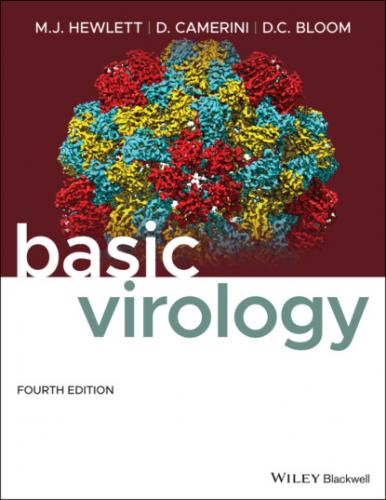We were aided in the writing of the second edition by comments from Robert Nevins (Milsap College), Sofie Foley (Napier University), David Glick (King’s College), and David Fulford (Edinboro University of Pennsylvania).
We want to remember the many people who contributed to the physical process of putting the first edition of this book together. R. Spaete of the Aviron Corp carefully read every page of the manuscript and suggested many important minor and a couple of major changes. This was done purely in the spirit of friendship and collegiality. K. Christensen used her considerable expertise and incredible skill in working with us to generate the art. Not only did she do the drawings, but also she researched many of them to help provide missing details. Two undergraduates were invaluable to us. A. Azarian at University of California, Irvine made many useful suggestions on reading the manuscript from a student’s perspective, and D. Natan, an MIT student who spent a summer in Edward Wagner’s laboratory, did most of the Internet site searching, which was a great relief and time saver. Finally, J. Wagner carried out the very difficult task of copyediting the manuscript.
From the beginning, a number of people at Blackwell Science represented by Publisher N. Hill‐Whilton demonstrated a commitment to a quality product. We especially thank Nathan Brown, Cee Brandson, and Rosie Hayden, who made great efforts to maintain effective communications and to expedite many of the very tedious aspects of this project. Blackwell Science directly contacted a number of virologists who also read and suggested useful modifications to this manuscript: Michael R. Roner, University of Texas, Arlington; Lloyd Turtinen, University of Wisconsin, Eau Claire; and Paul Wanda, Southern Illinois University.
All of these colleagues and friends represent the background of assistance we have received, leading to the preparation of this fourth edition. We would especially like to acknowledge Dr. Luis Villarreal and the Center for Virus Research at the University of California, Irvine for supporting our efforts in bringing this book to a timely completion.
PART I
Virology and Viral Disease
Introduction – The Impact of Viruses on Our View of LifeThe Science of Virology
An Outline of Virus Replication and Viral PathogenesisVirus ReplicationPathogenesis of Viral Infection
Virus Disease in Populations and Individual AnimalsThe Nature of Virus ReservoirsViruses in PopulationsAnimal Models to Study Viral Pathogenesis
Patterns of Some Viral Diseases of HumansThe Dynamics of HUMAN–VIRUS InteractionsPatterns of Specific Viral Diseases of HumansSome Viral Infections Targeting Specific Organ Systems
Problems for Part I
Additional Reading for Part I
CHAPTER 1 Introduction – The Impact of Viruses on Our View of Life
The interaction between viruses and their hosts
Examples of the impact of viral disease on human history
Examples of the evolutionary impact of the virus–host interaction
Viruses have a constructive as well as destructive impact on society
Viruses are not the smallest self‐replicating pathogens
THE SCIENCE OF VIROLOGY
The study of viruses has historically provided and continues to provide the basis for much of our most fundamental understanding of modern biology, genetics, and medicine. Virology has had an impact on the study of biological macromolecules, processes of cellular gene expression, mechanisms for generating genetic diversity, processes involved in the control of cell growth and development, aspects of molecular evolution, the mechanism of disease and response of the host to it, and the spread of disease in populations.
In essence, viruses are collections of genetic information directed toward one end: their own replication. They are the ultimate and prototypical example of “selfish genes.” The viral genome contains the “blueprints” for virus replication enciphered in the genetic code, and must be decoded by the molecular machinery of the cell that it infects to gain this end. Viruses are thus obligate intracellular parasites dependent on the metabolic and genetic functions of living cells.
Given the essential simplicity of virus organization – a genome containing genes dedicated to self‐replication surrounded by a protective protein shell – it has been argued that viruses are nonliving collections of biochemicals whose functions are derivative and separable from the cell. Yet this generalization does not stand up to the increasingly detailed information accumulating describing the nature of viral genes, the role of viral infections in evolutionary change, and the evolution of cellular function. A view of viruses as constituting a major subdivision of the biosphere, as ancient as and fully interactive and integrated with the three great branches of cellular life, becomes more strongly established with each investigational advance.
It is a major problem in the study of biology at a detailed molecular and functional level that almost no generalization is sacred, and the concept of viruses as simple parasitic collections of genes functioning to replicate themselves at the expense of the cell they attack does not hold up. Many generalizations will be made in the survey of the world of viruses introduced in this book; most if not all will be ultimately classified as being useful, but unreliable, tools for the full understanding and organization of information.
Even the size range of viral genomes, generalized to range from one or two genes to a few hundred at most (significantly less than those contained in the simplest free‐living cells), cannot
